A free exhibition documenting the progression of Black British Music from 1919 to the present has opened at the Barbican.
Housed in the complex’s library, the Black Sound exhibition was co-curated by Scott Leonard, and journalist and author Lloyd Bradley.
It was initially conceived by the pair back in 2017 and launched the following year at the Black Cultural Archive in Windrush Square, Brixton.
Black Sound provides a comprehensive overview of how black music changed the sound of Great Britain, including an extensive timeline which spans the exhibition space’s walls.
It highlights key moments such as calypso legend Lord Kitchener arriving in the UK in 1948, Ranking Miss P being given the first nationally-broadcast reggae show in 1985 and Dizzie Rascal winning the Mercury Music Prize in 2003.
In the words of the exhibition’s accompanying brochure, Black Sound considers how: “With more immigration came more sonic heritages that collided with a world of other influences – some domestic others not – to create a uniquely British music that loudly announced a black British presence and inspired coming generations.”
In the spirit of inclusivity and collaboration, the exhibition invites the public to contribute with an interactive map of London, onto which attendants can post sticky notes to signpost or highlight favourite record shops, radio stations and places of note.
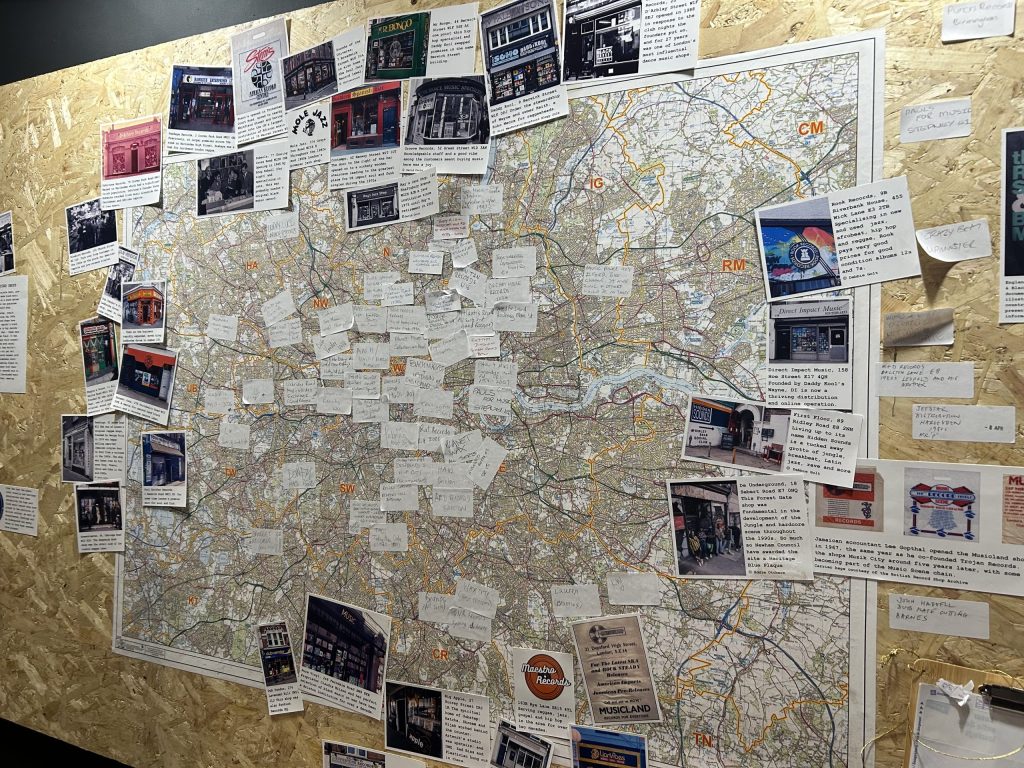
The acknowledgement of London’s record shops’ part in the cultivation of black British music is vital to an authentic recollection, as their role in introducing people of all ages, races, backgrounds, and tastes to new music, formed out of the multicultural metropolis, cannot be overstated.
As stated in the brochure: “It was in the record shop where deejay could connect with the freshest releases.
“The more casual shopper could connect to tunes they wouldn’t hear anywhere else.
“Youngsters not yet tall enough to get into the dance could connect with a grown up scene.
“Dancehall promoters could connect with their crowds by leaving flyers on the counter; artists could connect with their audiences by dropping off their records sale or return.
“And, most importantly like minded music fans could connect with each other, meaning scenes could form and flourish.”
As well as the record shop map, Black Sound also features another vital component of the progression of black British music, the Soundsystem.
Indeed, a towering rig is tucked not so subtly into the corner of the library.
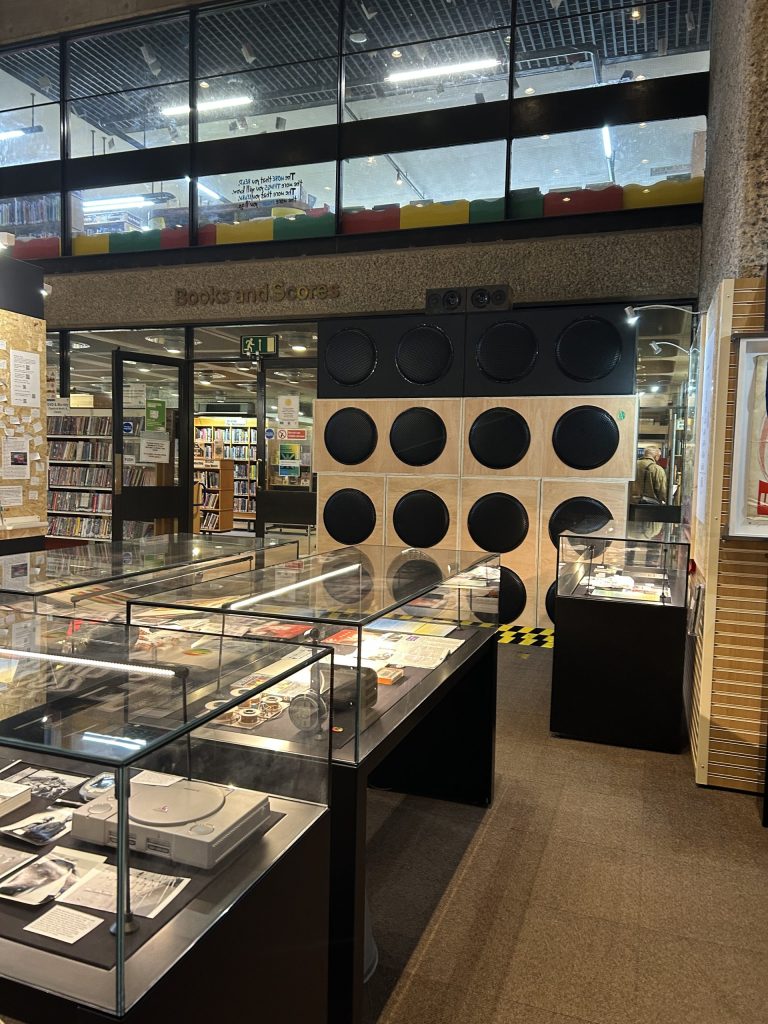
Jah Vego, one of London’s very first sound men, explained why Soundsystem were so important at the time.
He said: “Life here was hard. Everything was so different, from the climate to how people talk to you when you go into a shop.
“So come the weekend you have to be able to relax, completely, and carry on like you did back home.
“But so many places in London wouldn’t let black men in, so we have to do our own thing, which is why the sound system business take off here like it did.
“The dance was the place where you went to hear some music, have a dance, drink a little liquor and think about home.”
But Soundsystem were not only functionally important, they also represented, in their custom-built nature, the DIY spirit and resilience to marginalisation that was, and still is, central to black British music.
The exhibition will also feature Heritage Collection Days on June 14 and July 5, where people are invited to bring an object which will then be 2D or 3D scanned and subsequently be stored on an accessible digital archive to create the people’s archive of what black music in London and the culture that created it really meant.
The free exhibition is part of Destination City, the City of London Corporation’s growth strategy for the Square Mile, and is sponsored by Brixton Brewery.
The exhibition is open from 9:30am-5:30pm on Mondays, Wednesdays and Fridays, from 9:30am-7:30pm on Tuesdays and Thursdays, and from 9:30am-4:00pm on Saturdays.
It will be closed on Sundays, Bank Holidays and Saturday 19 April, and runs until 19 July.
Visit the exhibition’s website for more information about Black Sound, and read exhibition co-creator Lloyd Bradley’s best-selling Sounds Like London: 100 Years of Black Music in the Capital for more on the evolution of music in Britain.
All pictures: Archie Rowlins
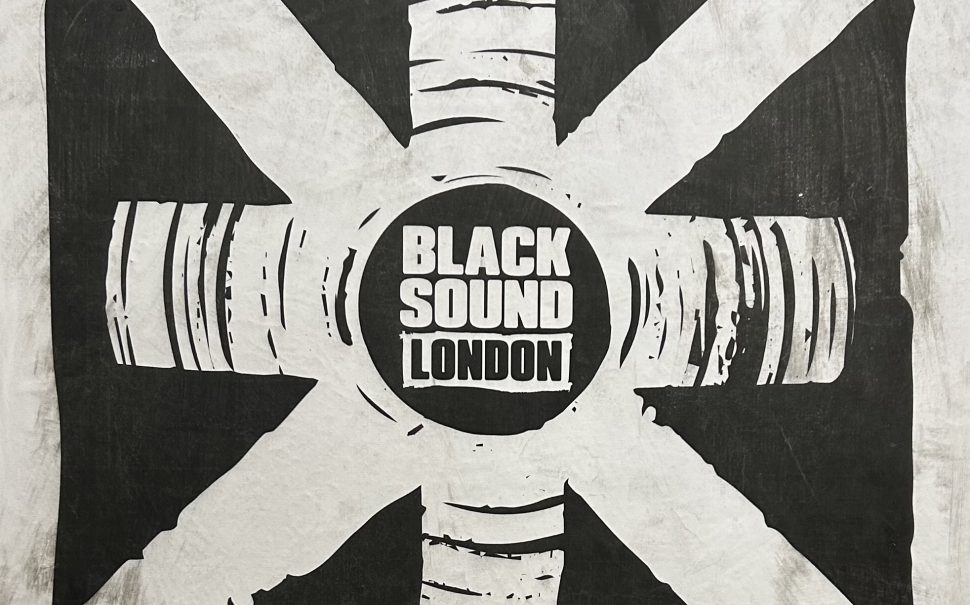

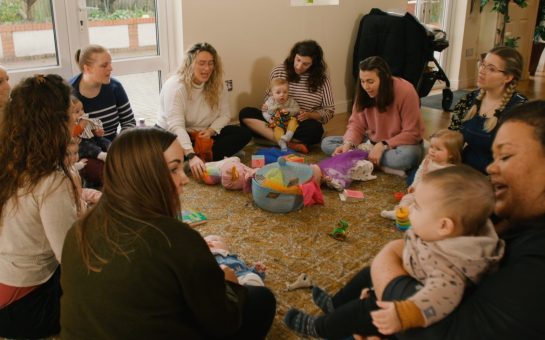
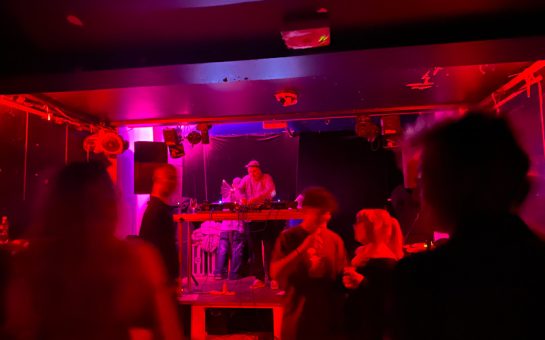
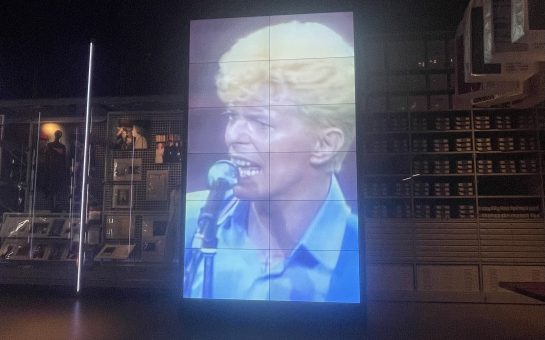
Join the discussion